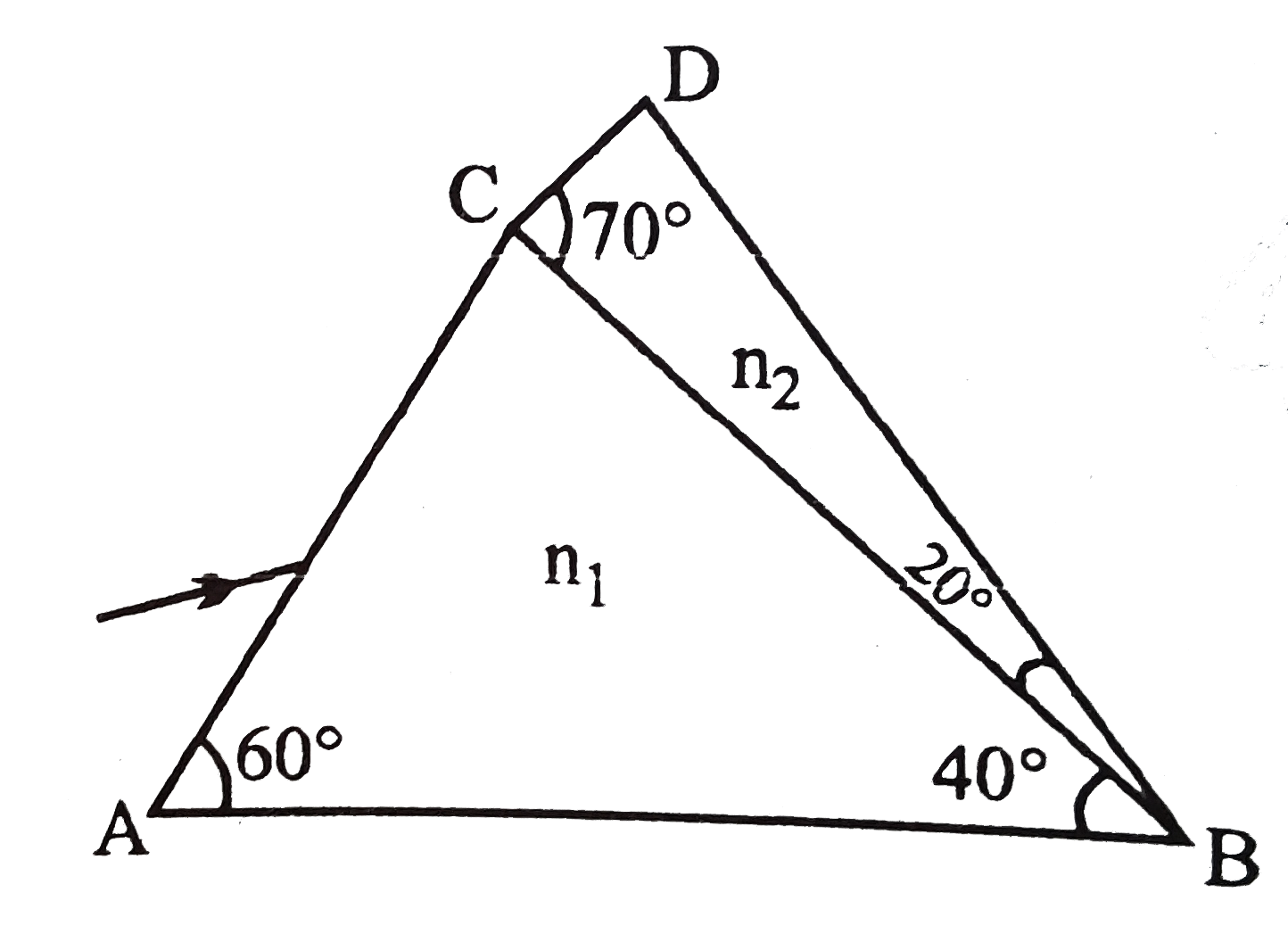A comet orbits the sun in a highly elliptical orbit. Does the comet have a constant (a) linear speed, (b) angular speed, (c) angular momentum, (d) kinetic energy, (e) potential energy, (f) total energy throughout its orbit? Neglect any mass loss of the comet when it comes very close to the Sun. Solution in Gujrati
The correct Answer is:All quantities vary over an orbit except angular momentum and total energy.
Step by step video & image solution for A comet orbits the sun in a highly elliptical orbit. Does the comet have a constant (a) linear speed, (b) angular speed, (c) angular momentum, (d) kinetic energy, (e) potential energy, (f) total energy throughout its orbit? Neglect any mass loss of the comet when it comes very close to the Sun. by Physics experts to help you in doubts & scoring excellent marks in Class 12 exams.
Updated on:21/07/2023Topper's Solved these Questions
- GRAVITATIONBOOK - ALLEN CHAPTER - GRAVITATIONEXERCISE - EXERCISE 1
96 Videos
- GRAVITATIONBOOK - ALLEN CHAPTER - GRAVITATIONEXERCISE - EXERCISE 2
26 Videos
- GRAVITATIONBOOK - ALLEN CHAPTER - GRAVITATIONEXERCISE - BOX-3
8 Videos
- GEOMETRICAL OPTICSBOOK - ALLEN CHAPTER - GEOMETRICAL OPTICSEXERCISE - subjective
14 Videos
- KINEMATICS-2DBOOK - ALLEN CHAPTER - KINEMATICS-2DEXERCISE - Exercise (O-2)
47 Videos
Similar Questions
Newton's law of gravitation :
View SolutionTwo satellites of earth S1 and S2 are moving in the same orbit. The mass of S1 is four times the mass of S2. Which one of the following statements is true?
View SolutionIf the gravitational acceleration at surface of earth is g, then increase in potential energy in lifting an object mass m to a height equal to the radius R of earth will be-
View SolutionA prism of refractive index n1 & another prism of reactive index n2 are stuck together without a gap as shown in the figure.The angle of the prisms are as shown. n1&n2depend onλ,the wavelength of light according to n1=1.20+10.8×104λ2&n2=1.45+1.80×104λ2 where λ is in nm.

(i)Calculate the wavelength λ0for which rays incident at any angle on the interfaceBCpass through without bending at that interface.
(ii) for light of wavelength λ0,find the angle of incidencei on faceACsuch that the deviation produced by the combination of prism is minimum.
View SolutionA particle is moving in xy-plane .At certain instant the components of its velocity and acceleration are as follows ux=3m/s,uy=4m/s,ax=2m/s2anday=1m/s2. The rate of change of speed at this moment is
View SolutionA comet orbits the sun in a height elliptical orbit. Does the comet have a constant (a) linear speed (b) angular speed (c ) angular momentum (d) kinetic energy (e) potential energy (f) total energy throughout its orbit ? Neglect any mass loss of the comet when it comes very close to the sun.
View SolutionA comet orbits the Sun in a highly elliptical orbit. Does the comet have a constant (a) linear speed (b) angular speed (c) angular momentum (d) kinetic energy (e) potential energy (f) total energy throughout its orbit? Neglect any mass loss of the comet when it comes very close to the Sun.
View Solutionकोई धूमकेतु सूर्य की परिक्रमा अत्यधिक दीर्घवृत्तीय कक्षा में धूमकेतु की शुरू से अंत तक
(a) रैखिक चाल,
(b) कोणीय चाल,
(c) कोणीय संवेग,
(d) गतिज ऊर्जा,
(e) स्थितिज ऊर्जा
(f) कुल ऊर्जा नियत रहती है।
सूर्य के अति निकट आने पर धूमकेतु के द्रव्यमान में ह्रास को नगण्य मानिये।
View SolutionA comet orbits the sun in a highly elliptical orbit. Does the comet have a constant (a) linear speed (b) angular speed ( c) angular momentum (d) Kinetic energy ( e) potential energy (f) total energy throughout its orbit? Neglect any mass loss of the comet when it comes very close to the sun.
View Solutionकोई धूमकेतु सूर्य की परिक्रमा अत्यधिक दीर्घवृत्तीय कक्षा में कर रहा है। क्या अपनी कक्षा में धूमकेतु की शुरू से अन्त तक कोणीय चाल नियत रहती है। सूर्य के अति निकट आने पर धूमकेतु के द्रव्यमान में ह्रास को नगण्य मानिये।
View Solutionकोई धूमकेतु सूर्य की परिक्रमा अत्यधिक दीर्घवृत्तीय कक्षा में कर रहा है। क्या अपनी कक्षा में धूमकेतु की शुरू से अन्त तक कोणीय संवेग नियत रहती है। सूर्य के अति निकट आने पर धूमकेतु के द्रव्यमान में ह्रास को नगण्य मानिये।
View Solutionकोई धूमकेतु सूर्य की परिक्रमा अत्यधिक दीर्घवृत्तीय कक्षा में कर रहा है। क्या अपनी कक्षा में धूमकेतु की शुरू से अन्त तक स्थितिज ऊर्जा नियत रहती है। सूर्य के अति निकट आने पर धूमकेतु के द्रव्यमान में ह्रास को नगण्य मानिये।
View SolutionA comet orbits the sun in a highly elliptical orbit. Does the comet have constant (a) linear speed (b) angular speed, ( c ) angular momentum, (d) kinetic energy, (e ) potential energy ,(f) total energy throughout its orbit ? Neglect any mass loss of the comet when it comes very close to the sun.
View SolutionA comet orbits the sun in a highly elliptical orbit. Does the comet have a constant (a) linear speed, (b) angular speed, (c) angular momentum, (d) kinetic energy, (e) potential energy, (f) total energy throughout its orbit? Neglect any mass loss of the comet when it comes very close to the Sun.
View SolutionA comet orbits the sun in a highly elliptical orbit. Does the comet have a constant (a) linear speed, (b) angular speed, (c) angular momentum, (d) kinetic energy, (e) potential energy, (f) total energy throughout its orbit? Neglect any mass loss of the comet when it comes very close to the Sun.
View SolutionA comet orbits the sun in a highly elliptical orbit. Does the comet have a constant (a) linear speed, (b) angular speed, (c) angular momentum, (d) kinetic energy, (e) potential energy, (f) total energy throughout its orbit ? Neglect any mass loss of the comet when it comes very close to the Sun.
View Solution
